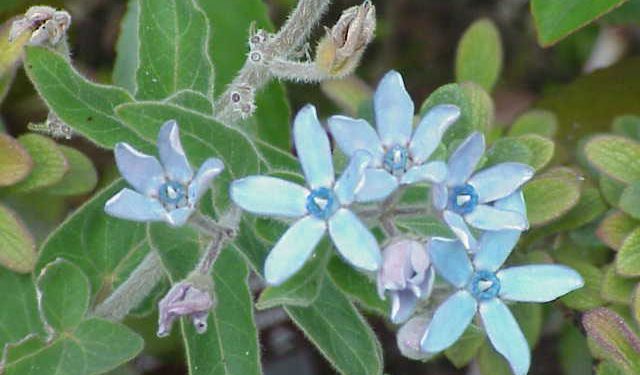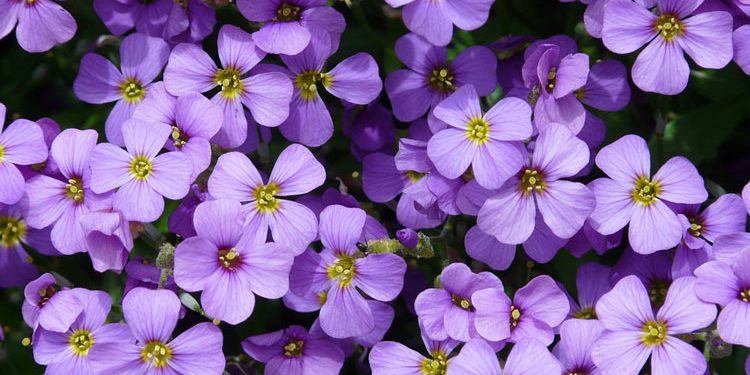Edging your garden provides a clean crisp look. Your garden borders will stand out when there’s a clean edge between the planting area and your landscape paths, driveway, sidewalk, and your lawn. Common edging, such as stone, wood, or brick, […]
Planning The Perennial Border
A background is a must. Use a hedge, shrub border, a trellis, a fence, or a wall. Perennials prefer full sun and well-drained soil. Choose plants that will give continuous bloom. A good arrangement is tall plants in the back, […]
Salvia – Sage, Perennials Guide to Planting Flowers
Saliva – Sage LIGHT BLUE SALVIAS. Salvia Azurea grandiflora. This species is one of great beauty, bearing light azure colored flowers in great profusion upon tall, slender spikes. The plants grow from 3 feet to 4 feet tall and bloom […]
Linum – Perennial Flax, Golden Flax, Perennials Guide to Planting Flowers
Linum – Perennial Flax, Golden Flax Flax is a lovely, airy plant with flowers of yellow, blue and white. The general height is from 12 inches to 18 inches. The foliage and flowers are very delicate and graceful and present […]
Oxypetalum caeruleum – A Good Blue Tender Perennial
Oxypetalum caeruleum is a South American member of the Milkweed Family which deserves to be better known. A reference to it in an English gardening magazine aroused my interest, and in the summer, I sowed a packet of seeds in […]
Growers Guide for Bee Balm – Monarda Plant
Named after a sixteenth-century Spanish physician and botanist, Nicholas Monardes (Labiatae). A small genus of annual and perennial herbs from North America, with fragrant leaves and flowers, related to Salvia. The leaves are nettle-like, and the flowers have a spiky […]
Growers Guide for Bleeding Heart Plant
How to grow Dicentra Bleeding Heart. From the Greek di, two, kentron, a spur, referring to the two spurs on the petals (Fumariaceae). Hardy herbaceous perennials formerly known as Dielytra. Fibrous and tuberous rooted, they generally transplant badly because the […]
AUBRIETA THE PURPLE ROCK CRESS
Fine Plants for Spring Bloom in the Rock Garden and at the Front of the Flower Border Hardy, perennial, more or less evergreen, low-growing plants which bear a profusion of bloom in early spring. They are invaluable in the rock […]
Growers Guide for Yarrow – Achillea
Named after Achilles, who is said to have used it as a treatment for his wounds (Compositae). Yarrow, milfoil. Hardy perennials, for the border or border rock garden. Species grown today Rock Garden Yarrows Where to plant and grow Yarrow […]
Growers Guide for Viola – Perennial Plant
An old Latin name for violet (Violaceae). A genus of some 500 species of hardy perennials, mainly from northern temperate regions, including violas, pansies, and violets, of which there are many hybrids and strains. Species grown today Where to plant […]










